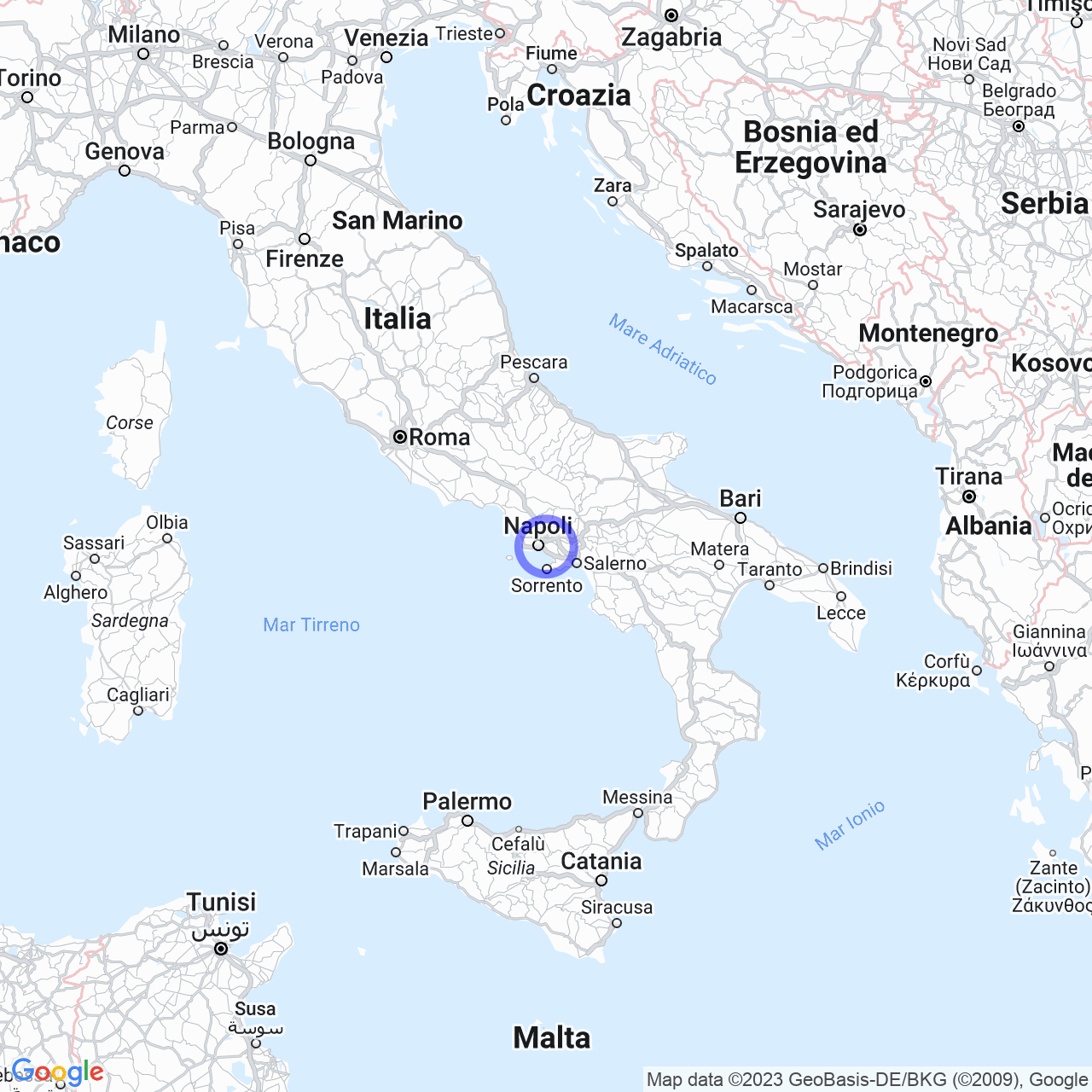San Sebastiano al Vesuvio
San Sebastiano al Vesuvio: a friendly guide to the town in Campania
If you're looking for a picturesque town with a welcoming atmosphere, San Sebastiano al Vesuvio is definitely a great place to visit. Located on the slopes of the Somma-Vesuvio volcanic complex, this town in the metropolitan city of Naples in Campania was founded as a small community with the cult of San Sebastiano, the local patron saint. Here's a friendly guide to the historical sites, attractions, and curiosities of San Sebastiano al Vesuvio.
Physical geography
The town is located near Ercolano, Massa di Somma, Cercola, San Giorgio a Cremano, and Naples, and is situated on a terrain with elevations ranging from 75 to 175 meters above sea level, with a seismic classification of Zone 2 and average seismic activity.

History
San Sebastiano al Vesuvio experienced strong development and significant demographic growth starting from the nineteenth century, although its history dates back to the seventeenth century. The town suffered severe destruction during the eruptive event of 1944, but was rebuilt in the following years, giving the town a modern and orderly appearance. The town has a strong religious presence thanks to its mother church, the Sanctuary of San Sebastiano Martire, which was elevated to the rank of Diocesan Sanctuary in 2007 by Cardinal Crescenzio Sepe. The town had a distinguished son, the famous philosopher and jurist Gaetano Filangieri.
Symbols of the town
The symbol of the town is the phoenix, which represents the rebirth of the town from the eruptive event of 1944. The coat of arms and flag of the town were granted in 1998.
Monuments and places of interest
If you're planning a vacation in San Sebastiano al Vesuvio, here are some of the places of interest that you should visit.
Religious architecture
One of the most important places is the Sanctuary of San Sebastiano Martire, the mother church of the town dating back to the seventeenth century. Another important religious architecture is the Chapel of San Vito Martire in San Domenico, also known as Cianciulli. There are also other important chapels such as the Chapel of Santa Maria di Costantinopoli, the private Chapel of the Virgin of Pompei in Masseria del Monaco Ajello, and the private Chapel of the Franciscan convent "Terz'ordine Verolino".
Vesuvian villas
San Sebastiano al Vesuvio is also known for its Vesuvian villas, such as Villa Figliola and Villa Tufarelli di Sopra.
Vesuvian farms
There are many interesting Vesuvian farms to visit, including Masseria del Monaco Ajello, Masseria Cangiano, Masseria Parancola (ex Coppola), Masseria Flauti, Masseria Riccardi (ex Pandolfo), and the former Masseria Cajano in Casagnolella.
Historical buildings
Among the most important historical buildings are the Old Municipal Building, Palazzo Falconi, the Franciscan convent "Terz'ordine Verolino", the Canonica del Priore, and Palazzo Spàrano "a Casaluca".
Society
Demographic evolution
The town of San Sebastiano al Vesuvio has seen a steady population growth from 1861 to 2001, although there has been a sharp decline in recent years.
In general, San Sebastiano al Vesuvio is a small but welcoming and interesting town to visit. If you're a lover of history and culture, or if you simply want to enjoy some sun and sea, San Sebastiano al Vesuvio offers all this and much more.
